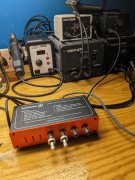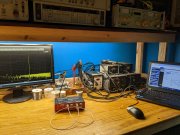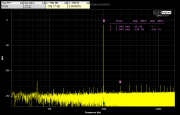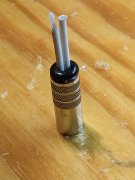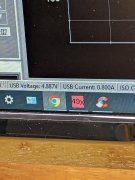The QA403's are back in stock as of this morning. Just ordered one.
Was considering waiting on the QA404 that are projected to be available in June-July, but given the world situation and the incremental improvements of the QA404, decided it was best to pull the trigger for the QA403.
Should meet my very modest needs. More of a learning tool for me than anything else.
Was considering waiting on the QA404 that are projected to be available in June-July, but given the world situation and the incremental improvements of the QA404, decided it was best to pull the trigger for the QA403.
Should meet my very modest needs. More of a learning tool for me than anything else.

